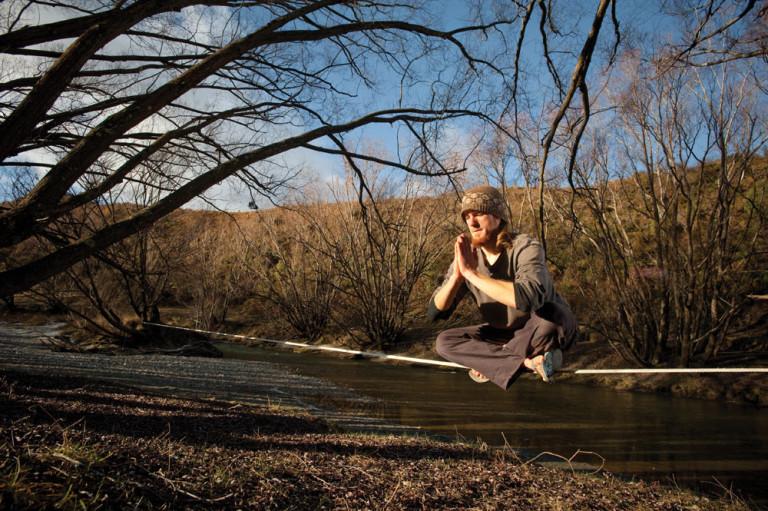Long devoted to translating traditional Buddhist teachings into contemporary idiom, the Silicon Valley–based Juniper School, led by Segyu Rinpoche, has in the past few years reached out to the general public with its accessible teachings. Here, a senior member of the school describes the practice of Balancing Emotions, one of the “four building blocks of Buddhist training” (the other three practices are Meditation, Cultivating Compassion, and Developing Insight). In March 2013, Segyu Rinpoche, a Brazilian-born lineage holder in the Tibetan Gelug tradition, offered a four-part video retreat on all four practices at tricycle.com.
Balancing Emotions means gaining control over the mood and outlook we bring to everything we do. Our inner emotions have an enormous effect on our experience, often impeding our inner growth. Balancing our emotional energy can create a significant shift in our inner well-being, creating new levels of inner strength and tranquility.
—The Juniper School
One of the great insights of Buddhist thought is the central role of emotions and inner patterns of behavior in our experience. Strong cravings and emotional patterns color almost everything we do, sometimes keeping our minds disturbed for long periods and often upsetting our personal and professional lives. Although our emotions are normal aspects of experience, they can become like mental prisons. A single word, or even a look, from another person can trigger a range of emotions that consume us for hours, weeks, or longer. These inner states typically are present regardless of our outer endeavors and attainments, and they can be highly resistant to change. Wealth, fame, and other worldly successes, for example, often fail to provide the contentment we anticipated because they do little to change the emotions and patterns of behavior that govern how we feel.
Emotions and inner patterns of behavior arise like waves of energy within us. They take the form of feelings and reactions that play out over and over again. These patterns are very habitual: a trigger comes and the pattern arises. Sometimes, we do not even need the trigger; the pattern is just there. This emotional energy incites us to action, driving our mood, experience, and interactions with others. It can make us do things we do not want to do, leaving us to rationalize our behavior or to regret our actions. When our emotional energy rises, it is difficult to dissipate it at will. It needs to run its course. Consider, for example, how anger, envy, resentment, lust, and other emotions can dominate our mood and attention. Buddhist training gives us tools to bring these waves of emotional energy into balance.
To gain this balance, first we have to commit to learning about ourselves and growing. This is often not as easy as it sounds. For example, we have a strong tendency to blame problems on outer conditions—the boss, the neighbor, the friend, the economy, the family, the environment, and the like. We tend to convince ourselves that if outer circumstances were to change—if we had more money, more fun, more friends, more free time, more respect, better relationships, and so on—things would be better. However, although outer changes may help, we often give them too much weight, and we have difficulty seeing the obstacles created by the inner forces at work.
Once we acknowledge the importance of looking within ourselves, we have to elevate our awareness of how our emotions and patterns of behavior affect us. We begin to see the impact on our lives of our emotions, our inner patterns of behavior, and the inner stories that dictate how we see ourselves and the world around us. Becoming aware of these inner forces is key to changing them. Just the awareness can make a difference.
Having enhanced our awareness of our emotions and patterns of behavior, we can apply remedies that will reduce or eliminate those that cause inner agitation. These remedies include committing to a path of inner development, meditating, exercising self-restraint, and cultivating positive modes of thought and action. Buddhist training guides how to do each of these.
However, we must be careful not to suppress or bury our emotions; then the energy just finds its way somewhere else. Instead, by gently robbing negative emotional patterns of their power and by practicing positive modes of thought and action, we bring balance to our inner lives, and our minds will gradually become habituated to remaining calm, stable, and clear.
Thank you for subscribing to Tricycle! As a nonprofit, we depend on readers like you to keep Buddhist teachings and practices widely available.
